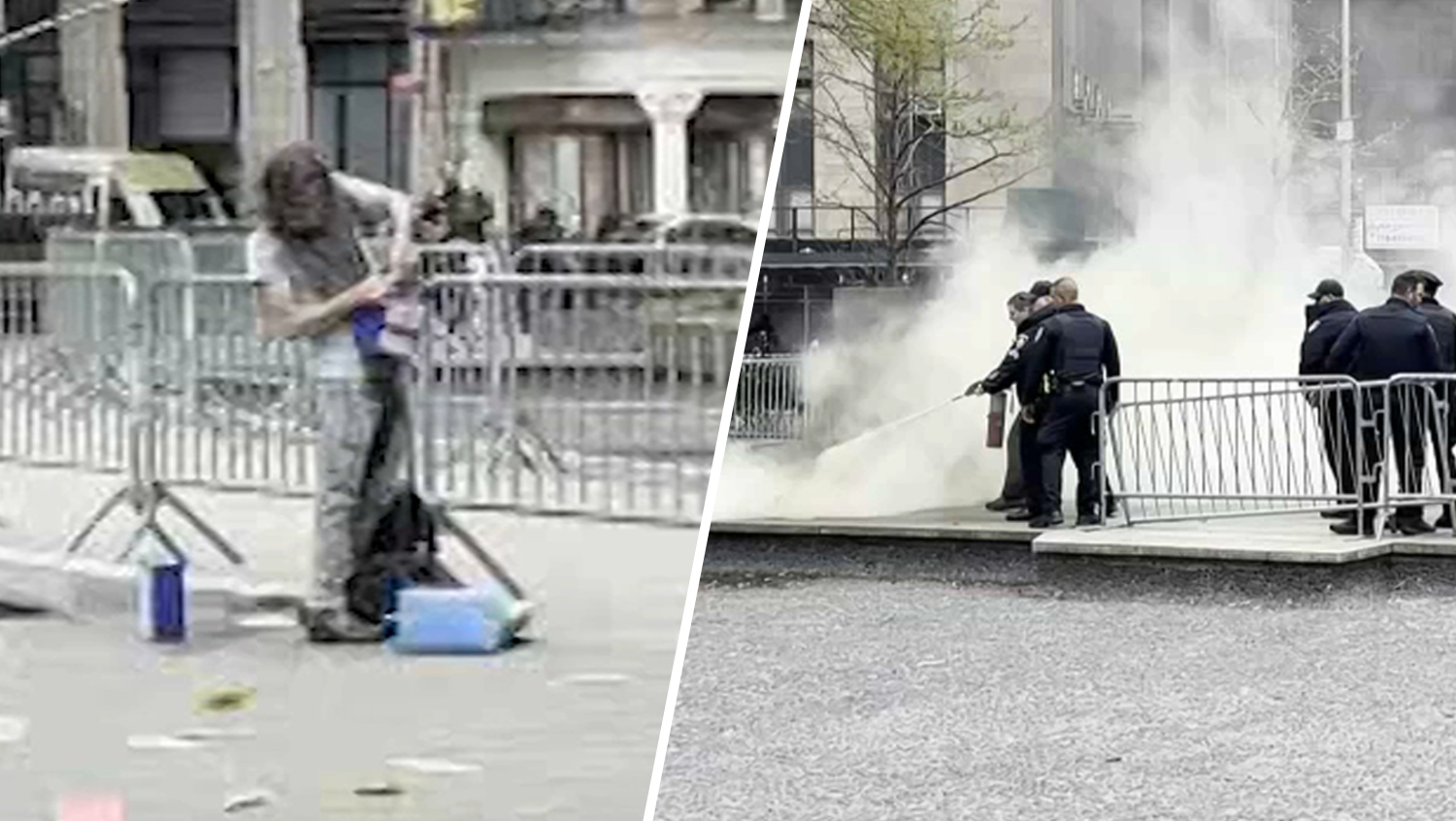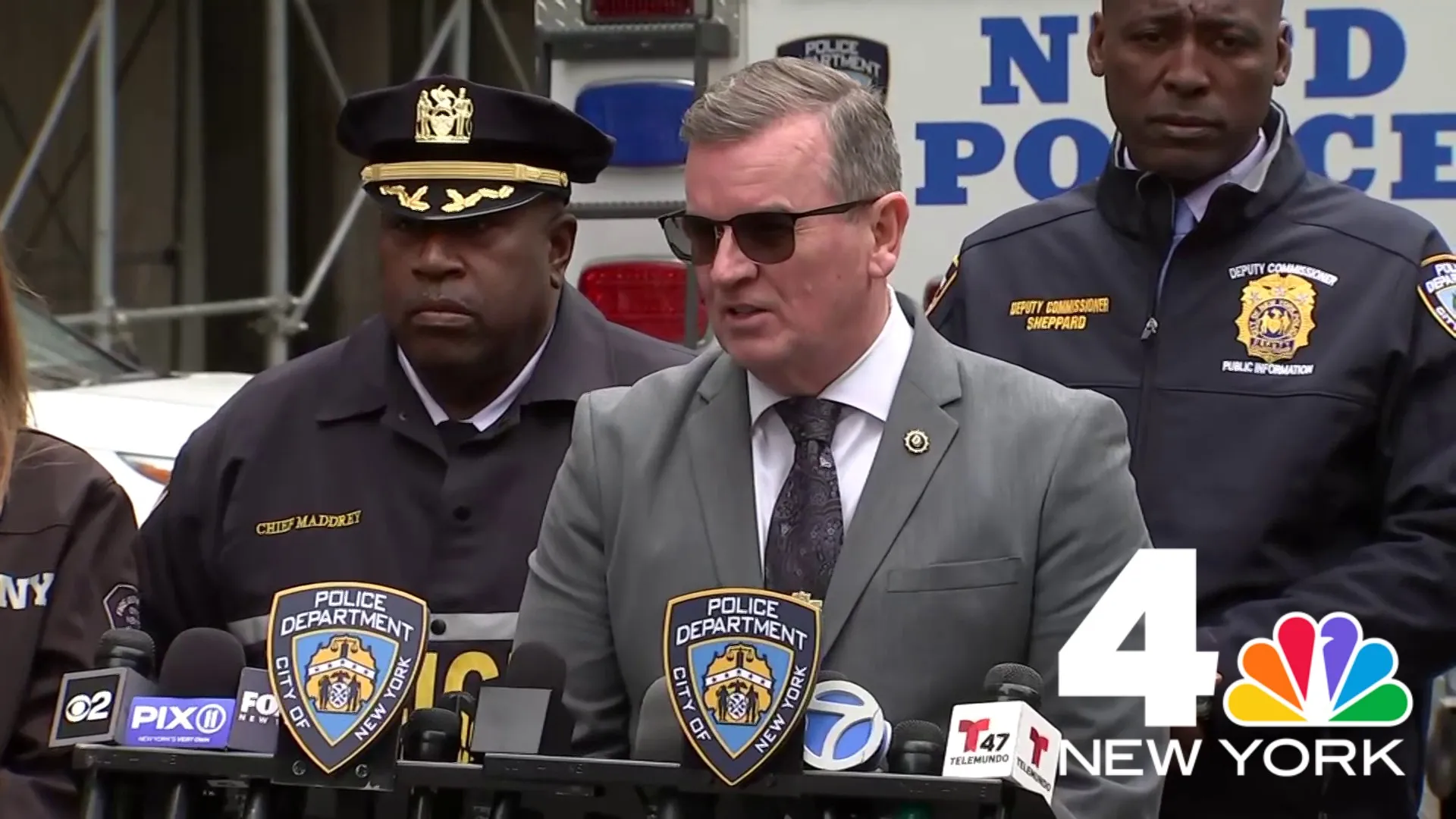What to Know
- After Hurricane Sandy and Ida, the New York City government have stepped up to create climate resilient projects, some of which have created controversy among community members and environmental advocates.
- One of the city's plans includes, the East Side Coastal Resiliency (ESCR) Project which will elevate the entire East River Park to prevent flooding in the East Village.
- Some architects and advocates hope local government officials will work with community members when designing climate adaptation projects.
June 23, 1988, marks the date that Dr. James Hansen, the former director of NASA’s Institute for Space Studies, gave a testimony in front of the U.S. Senate Energy and Natural Resources Committee stating that the Earth’s climate is changing due to an increase in greenhouse gas emissions.
Dr. Hansen’s statement sounded the alarm, awakening the global community and its leaders about the looming threat of climate change and its risk to humanity.
Feeling alarmed, world leaders began to convene at climate change conferences to discuss the issue, its ramifications on humanity and solutions to address the impending crisis. World leaders have gathered every year since the first climate change conference in 1995, setting new goals and commitments to lower greenhouse gas emissions in an effort to prevent further warming of the planet.
Get Tri-state area news and weather forecasts to your inbox. Sign up for NBC New York newsletters.
Yet, despite international efforts to prevent the onset of climate change, many scientists warn that the effects of climate change have arrived, especially in New York.
According to the Environmental Protection Agency, most of the state has warmed by 1 to 3 degrees Fahrenheit within the last century. Precipitation from heavy rain storms has increased by 70% since 1958 and many experts warn that the state could witness an increase in intensity and frequency of coastal storms such as Hurricane Ida which killed 48 people and destroyed dozens of homes in New York City and New Jersey.
And while some politicians and world leaders alike have continued to make commitments that lower carbon emissions, other experts are encouraging politicians to think about the importance of learning how to live in this new reality by focusing on climate adaptation.
News
“Climate adaptation is understanding that the climate has already changed and we need to change our communities in order to thrive,” said Amy Chester, the Managing Director of Rebuild by Design, an organization that began as a competition created by the U.S. Department of Housing and Urban Development (HUD) in 2013 to address the aftermath of Hurricane Sandy.
However, [climate change is] already here and it’s taking a toll on our communities and unless we change the ways our infrastructure is built and the ways we live it’s only going to get worse.
Amy Chester, Managing Director of Rebuild By Design
Climate adaptation focuses on making communities more resilient against the effects of climate change. Adaptation efforts vary, but include the construction of infrastructure projects to the development of new crop species that can withstand higher temperatures.
Chester’s work with Rebuild by Design focuses their efforts with infrastructure based solutions developed by collaborative efforts between local governments, communities and urban designers and architects. The organization has designed numerous climate resilient projects for New York City and State, including the East Side Coastal Resiliency (ESCR) Project, which has become a controversial subject for both community residents and environmental activists.
According to both Chester and Pawlowski, the original plan for the ESCR Project involved adding a bridge burner on the East River Park, raising the back side of the park that would create flood protection. But after working with community residents on the plan, the government switched to a new plan, which elevates the entire park by 8 to 10 feet instead of lifting two-thirds of the park.
“It was developed for three years…just got scrapped,” said Thaddeus Pawlowski, an urban designer who assisted the New York Mayor’s office with Hurricane Sandy recovery.
The decision received backlash from many individuals, including activists who believed that the reconstruction of the entire park would harm the environment while others criticized the city’s failure to involve community members during the planning of the new project.
“It’s a lost opportunity and the lack of transparency and dialogue from the city after they changed the plans was really disappointing and heart-breaking,” said Christine Dantz-Romero, the Executive Director at the Lower East Side Ecology Center who has lived in the East Village for 40 years and visits the park twice a day.
“I feel like residents were blindsided by the announcement that a non-community-led solution to the need to provide resiliency and protection to the local residents was made,” Tina Carr, another park visitor and Lower East Side resident, told NBC 4.
“The city had done a tremendous amount of engagement on this project and their misstep was not going back to the same process which they had done for four and a half years,” said Chester.
The ESCR Project isn’t the only climate adaptation strategy that has created controversy among New Yorkers. In 2019, Mayor Bill de Blasio proposed to build a $119 billion sea wall, modeled after a barrier in Amsterdam, that would protect the city from future storms.
The New York City Mayor's office did not return NBC 4's request seeking comment regarding climate adaptation policies in the Big Apple.
Other coastal cities, such as Miami and Charleston, have implemented sea walls as a way to mitigate flooding from tropical storms and hurricanes. But the construction of these walls has drawn criticism from some architects and environmentalists who assert that walls don’t address other effects of climate change, such as flooding.
“A 15 foot wall doesn’t deal with rain…this wall wouldn’t keep water out of basements,” said Pawlowksi. “The biggest problem [with the wall is] it creates the impression that this is all that needs to be done when there's so much more.
“We need projects that do multiple things, not hard infrastructure,” said Pawlowksi.
The proposal of the wall and construction of the ESCR Project has raised concerns among community members regarding the local government’s ability to effectively establish climate adaptation policies and projects.
“I do not think enough is done, it's not integrated in every conversation between corporations and industries,” said Pawlowksi. “People want the truth...learn from mistakes and do better and tell people what’s going wrong.”
Like Pawlowksi, Chester believes the local government needs to include more communication and comprehensive planning strategies in their climate adaptation models, but credits the city with executing projects.
“I wish they did more comprehensive planning and looking at the entire city and thinking about what are the neighborhoods we’re going to fortify, what are the neighborhoods that we’re going to retreat from,” said Chester. “For the projects that they were funding, they have pushed them along quite successfully...I give them a lot of credit for that.”
In addition to the ESCR Project, de Blasio has implemented and assisted with the execution of other climate adaptation projects, like Living Breakwaters and redesigning flood maps, while serving in office. In October, the mayor announced that the city would invest $50 billion in pension fund investments in climate change solutions by 2035.
But de Blasio leaves office in Januray, when Eric Adams steps in as the next mayor of New York City. Climate change was not a focal point for Adams’ campaign, but the mayor-elect intends on addressing the issue with a 17 Step Plan, which includes making outer boroughs more resilient against climate change.
With January only a few weeks away, Chester and Pawlowski hope that the future administration will work closely with communities before constructing climate adaptation projects.
“You know these projects are the beginning of a lot of projects, and hopefully more initiatives is great, but how we do them is important,” said Pawlowski. “Communities need to be in charge of resilience and adaptation strategies and we as a government need to find ways to support them.
“Strongest climate adaptation policy is going to come from communities that are most affected and that means communities that are on the waterfront but also communities that live on higher ground that are going to have to accept people when they move away from the waterfront.”
Carr told NBC 4 that she hopes the next administration will "prioritize people over cars."
Adams' office did not return NBC 4's request for comment on climate adaptation policy in the city.
While climate adaptation policy can help communities become resilient as temperatures increase, Chester warns that climate adaptation is not a replacement for climate mitigation.
“Sustainability is incredibly important and we need to ensure the climate is not going to get worse,” said Chester.
“However, it’s already here and it’s taking a toll on our communities and unless we change the ways our infrastructure is built and the ways we live it’s only going to get worse."



